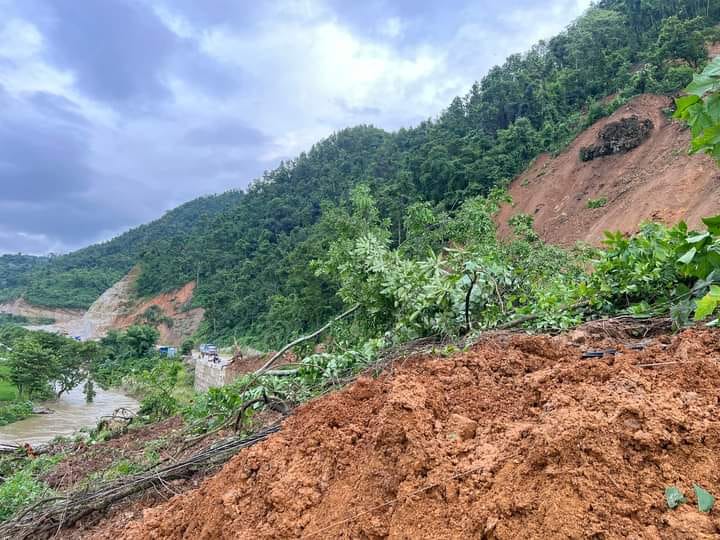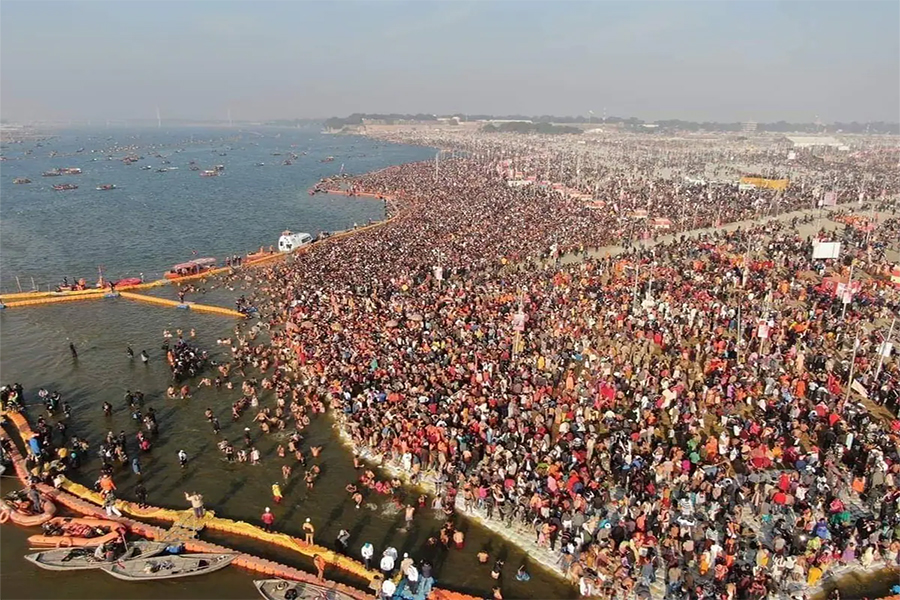More then 148 people killed in Nepal by flood
Nepal is facing a tragic natural disaster as severe floods and landslides have claimed the lives of at least 148 people and left over 100 others injured, according to local authorities. The catastrophe follows two days of relentless rainfall, which has caused widespread flooding and landslides, particularly affecting areas surrounding the capital, Kathmandu. As of Sunday, more than 50 people were still reported missing, and rescue operations were in full force. Approximately 3,600 individuals have been rescued from dangerous situations so far.
In the Kathmandu Valley, thousands of homes have been submerged under floodwaters, forcing residents to flee for their lives. Many survivors described harrowing escapes, with some having to "jump from one roof to another" to avoid being swept away by the rising water. Rescue crews have been using helicopters and inflatable rafts to reach stranded people in the most affected areas.
Despite forecasts predicting more rain through Tuesday, there were signs of some relief on Sunday. Some residents cautiously returned to their homes, now covered in mud, while others remained isolated as many major roads between towns and villages were still blocked by landslides.
However, the danger has not passed, and the death toll continues to rise. In a devastating incident along the Prithvi Highway near Kathmandu, at least 35 bodies were recovered from vehicles buried under landslides. Major roads linking the capital to other parts of the country remain closed in multiple locations due to landslide damage.
In the city of Bhaktapur, east of Kathmandu, a landslide caused a house to collapse, killing five people, including a pregnant woman and a young child. Elsewhere, in Dhading, two bodies were retrieved from a bus that had been engulfed by a landslide. A total of 12 people, including the driver, were reported to have been on board the bus at the time.
The disaster has also claimed the lives of six football players, who were killed by a landslide at a training centre operated by the All Nepal Football Association in Makwanpur, southwest of Kathmandu. In another tragic event, four people were swept away by the fast-flowing Nakkhu River in the southern part of the Kathmandu Valley. Eyewitnesses described the terrifying scene, with one local, Jitendra Bhandari, stating, "For hours, they kept pleading for help, but we could do nothing."
In Kathmandu, Hari Om Malla recounted how he lost his truck to the floodwaters. As the rain intensified, water surged into the vehicle’s cabin, forcing him and his companions to jump out and swim to safety. They survived the ordeal but lost all of their possessions, including money and mobile phones.
Bishnu Maya Shretha, another survivor, noted that this year's flooding was far more severe than in previous monsoon seasons. "We had run away before, but nothing happened. This time, all the houses were flooded," she said. "We had to cut the roof and escape. We jumped from one roof to another until we reached a concrete house."
The Nepalese government has mobilised 10,000 police officers, alongside volunteers and army personnel, to assist in search and rescue efforts. In a bid to prevent further casualties, authorities have urged the public to avoid unnecessary travel and have banned night-time driving in the Kathmandu Valley. Air travel has also been disrupted, with many domestic flights delayed or cancelled over the weekend.
Floods and landslides during Nepal’s annual monsoon season are common, but scientists warn that the situation is worsening due to climate change. With a warmer atmosphere holding more moisture and warmer ocean waters intensifying storm systems, extreme rainfall events are becoming more frequent and severe. This has made the monsoon season increasingly unpredictable and dangerous for the region.
As Nepal continues to grapple with the aftermath of this disaster, the resilience of its people and the tireless efforts of rescue teams offer hope in an otherwise dire situation. However, with the effects of climate change looming large, the country must prepare for more frequent and severe natural disasters in the future.





Ram